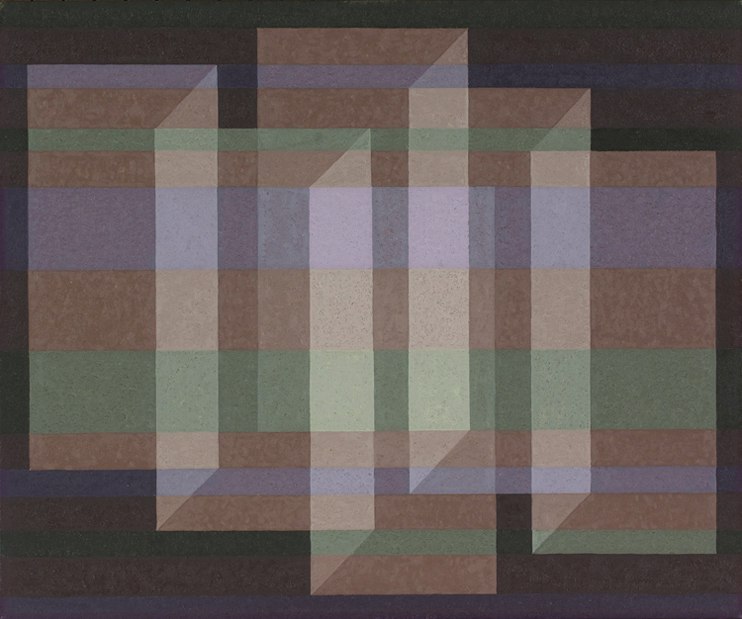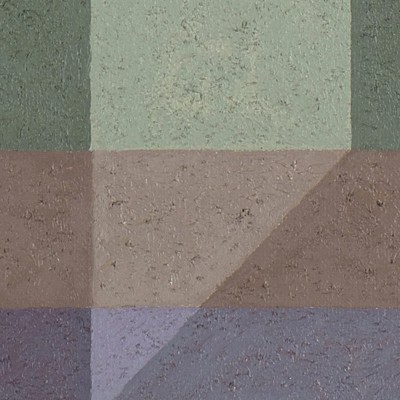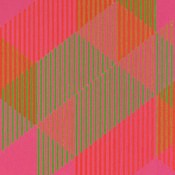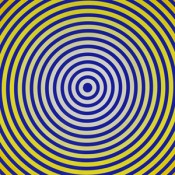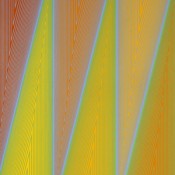Explore
![]()
Hannes Beckmann
(German, born 1909, died in the United States, 1977)
Mirage, 1962
oil on canvas board, 20 x 24 inches
Artwork courtesy of the Estate of Hannes Beckmann
Born in Stuttgart in 1909, Hannes Beckmann came of age in a tumultuous era of cultural and political transition in Germany. He enrolled at the progressive Bauhaus school for art and design in 1928, studying under such innovative artists as Wassily Kandinsky and Josef Albers. Beckmann left the Bauhaus in 1932, shortly before it was shuttered by the Nazi regime. He later settled in Prague, where he earned his living as a photographer while developing his own brand of abstract painting.
Beckmann joined the resistance during the Nazi invasion of Czechoslovakia, and in 1944 he was imprisoned in a concentration camp until the end of the war. Several years later he emigrated to New York where he headed the Photographic Department at the Guggenheim Museum until the early 1950s. He later taught at The Cooper Union in New York and Dartmouth College in New Hampshire.
In the 1960s Hannes Beckmann gained acclaim for his precise geometric abstractions. His works of the period are characterized by transparent layers of color, which generate subtle phenomena of space and light within his paintings. Such works allied him with other progressive artists interested in perceptual effects, such as his Bauhaus colleague Albers, who were together grouped under the banner of Op Art.
Art changes constantly. . . it reflects a state of mind that we are in. It reflects the spirit of the time. . . (Op Art) is a kind of expression of what is going on in the world of science. It runs parallel to what is going on in the worlds of mathematics and physics. That things are not absolute.
Other Works by Hannes Beckmann
No related posts found
